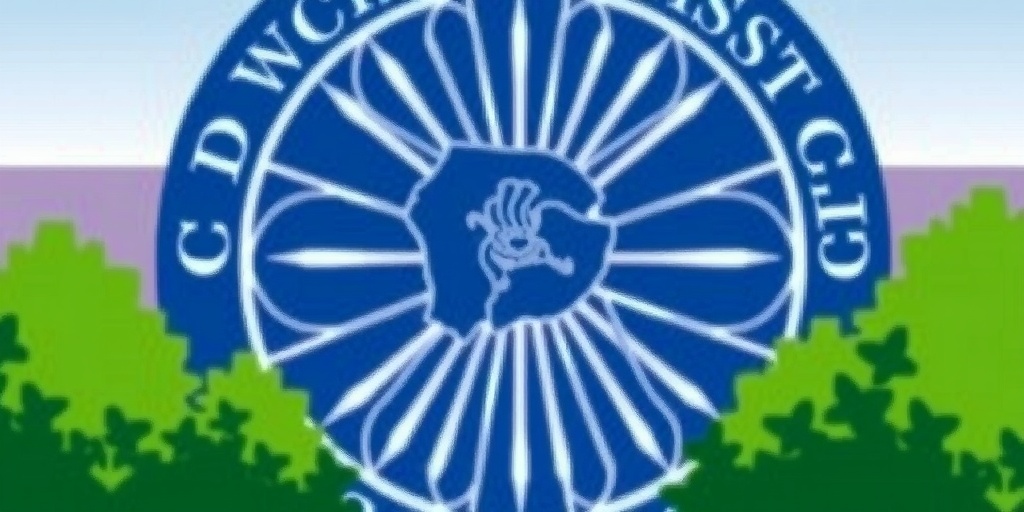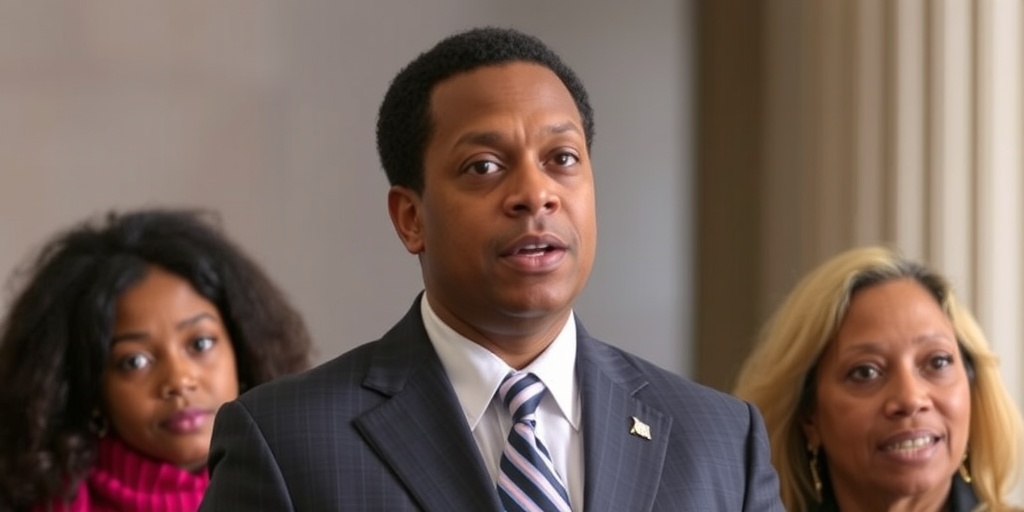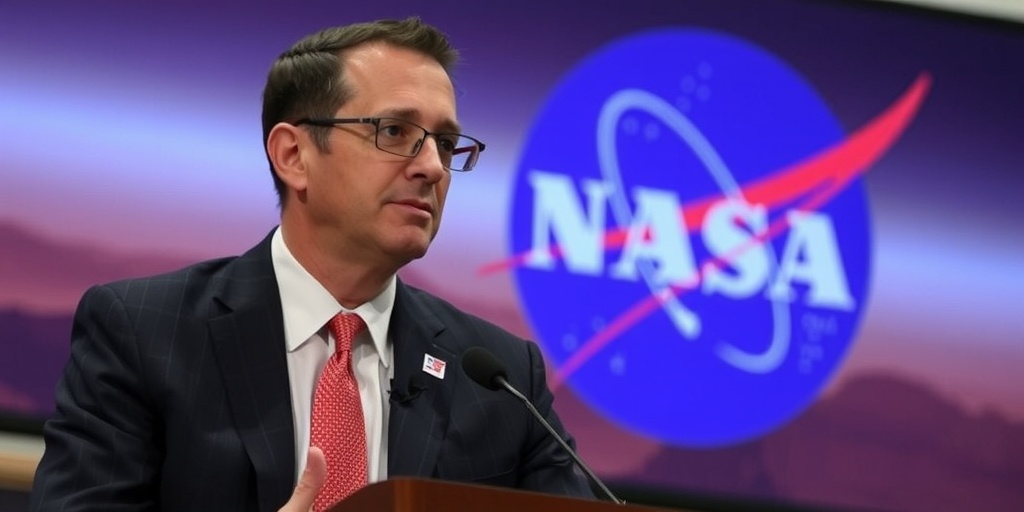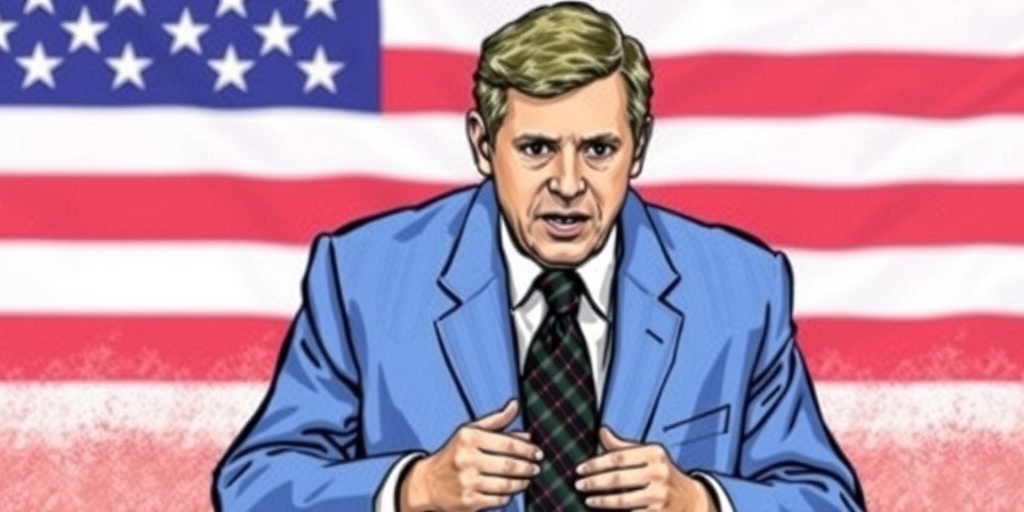Now Reading: Cuts at CDC May Jeopardize Nation’s Health, Critics Warn
-
01
Cuts at CDC May Jeopardize Nation’s Health, Critics Warn
Cuts at CDC May Jeopardize Nation’s Health, Critics Warn

Title: Major Cuts to CDC Staff Raise Concerns Over Public Health Effectiveness
The recent layoffs of federal health workers, which commenced on Tuesday, are expected to have significant implications for the Centers for Disease Control and Prevention (CDC), an agency that has long been seen as a global leader in public health. These cuts, driven by a reorganization within the Department of Health and Human Services (HHS), will see the CDC lose approximately 2,400 employees, nearly 18% of its workforce, and strip the agency of several of its essential functions.
Senator Patty Murray, a Democrat from Washington and a member of the Senate Health Committee, has expressed strong opposition to the reorganization. She has labeled it "flatly illegal," arguing that such drastic changes to HHS’s structure cannot occur without congressional approval. “This is not only unlawful but seriously harmful; they are putting Americans’ health and well-being on the line,” Senator Murray stated.
Despite assertions from Robert F. Kennedy Jr., the health secretary, that the layoffs would mainly affect administrative roles, reports from numerous CDC employees gathered by The New York Times indicate a broader scope of job losses. Scientists concentrating on critical public health issues such as environmental health, smoking, lead poisoning, and even climate-related health concerns have been among those terminated. Particularly alarming is the loss of staff from the agency’s HIV and sexually transmitted diseases division, which was one of the hardest hit, suffering a reduction of about 27% of its workforce.
This reorganization has resulted in what experts are calling a "hobbled" CDC with a diminished capacity for addressing public health crises. The agency will now primarily focus on domestic disease outbreaks, with centralized communications controlled by HHS in Washington. Critics anticipate that this shift will stifle scientists’ ability to communicate openly about public health matters. Dr. Thomas R. Frieden, who led the CDC from 2009 to 2017, emphasized the importance of allowing CDC specialists to speak directly to the public without political interference.
The current public health landscape presents numerous challenges, including outbreaks of measles in Texas, a spreading bird flu epidemic, and ongoing debates over the efficacy of public health measures like school vaccination requirements. The timing of these layoffs raises significant questions about the agency’s ability to respond effectively to such crises.
Dr. Richard Besser, a former acting director of the CDC, remarked, "What we seem to be witnessing is a dismantling rather than a restructuring" of the public health system. The Senate health committee has already announced a hearing to investigate the broader implications of the reorganization on public health.
Secretary Kennedy has framed the layoffs as a necessary step to eliminate waste and inefficiency within the department, promising to merge various agencies into a new entity called the Administration for a Healthy America. However, critics are skeptical of this assertion, drawing attention to the increased burden that these cuts will place on society’s most vulnerable populations, including poor, Black, Latino, and Native American individuals, as well as those living in rural areas with limited access to healthcare.
Furthermore, recent history shows that public health and medical research have often received bipartisan support, but tensions have escalated since the Trump administration, which faced intense scrutiny for its pandemic response. From the muzzling of agency communications to meddling in CDC publications, the agency has endured significant challenges to its credibility.
The reorganization comes with even more alarm as the agency has also experienced substantial cuts in its National Center for Injury Prevention and Control, affecting efforts to address gun violence and child abuse prevention. Given that injuries are the leading cause of death among Americans under 45, critics argue the implications of these cuts are potentially catastrophic.
In a broader context, the reorganization aligns with Kennedy’s push for a greater emphasis on chronic disease research, yet many argue that the fight against infectious diseases cannot be neglected. Dr. Anne Schuchat, a former principal deputy director at the CDC, stresses that various fields of expertise, including maternal health and environmental science, are crucial for managing emerging health threats.
The ongoing overhaul risks damaging the pipeline of talent essential for effective public health responses, according to public health experts. "Building back is going to be incredibly difficult," said Ursula Bauer, former director of the National Center for Chronic Disease Prevention and Health Promotion. "It will take two to three times as long to undo the damage as it took to inflict it."
As the cuts unfold, significant concerns mount around the CDC’s capacity to effectively gather and analyze data vital for tracking health trends and developing intervention strategies. Dr. Phil Huang, director of Dallas County Health and Human Services, highlighted that losing these systems would adversely impact the ability to monitor the repercussions of the sweeping budget reductions.
In conclusion, the substantial layoffs and reorganization at the CDC have incited fears regarding the agency’s future effectiveness in safeguarding public health, particularly in the face of emerging threats. As the agency pivots its focus inward to domestic issues, many are left questioning how it will navigate the complex health challenges facing the nation.
Stay Informed With the Latest & Most Important News
Previous Post
Next Post
-
 01New technology breakthrough has everyone talking right now
01New technology breakthrough has everyone talking right now -
 02Unbelievable life hack everyone needs to try today
02Unbelievable life hack everyone needs to try today -
 03Fascinating discovery found buried deep beneath the ocean
03Fascinating discovery found buried deep beneath the ocean -
 04Man invents genius device that solves everyday problems
04Man invents genius device that solves everyday problems -
 05Shocking discovery that changes what we know forever
05Shocking discovery that changes what we know forever -
 06Internet goes wild over celebrity’s unexpected fashion choice
06Internet goes wild over celebrity’s unexpected fashion choice -
 07Rare animal sighting stuns scientists and wildlife lovers
07Rare animal sighting stuns scientists and wildlife lovers





















